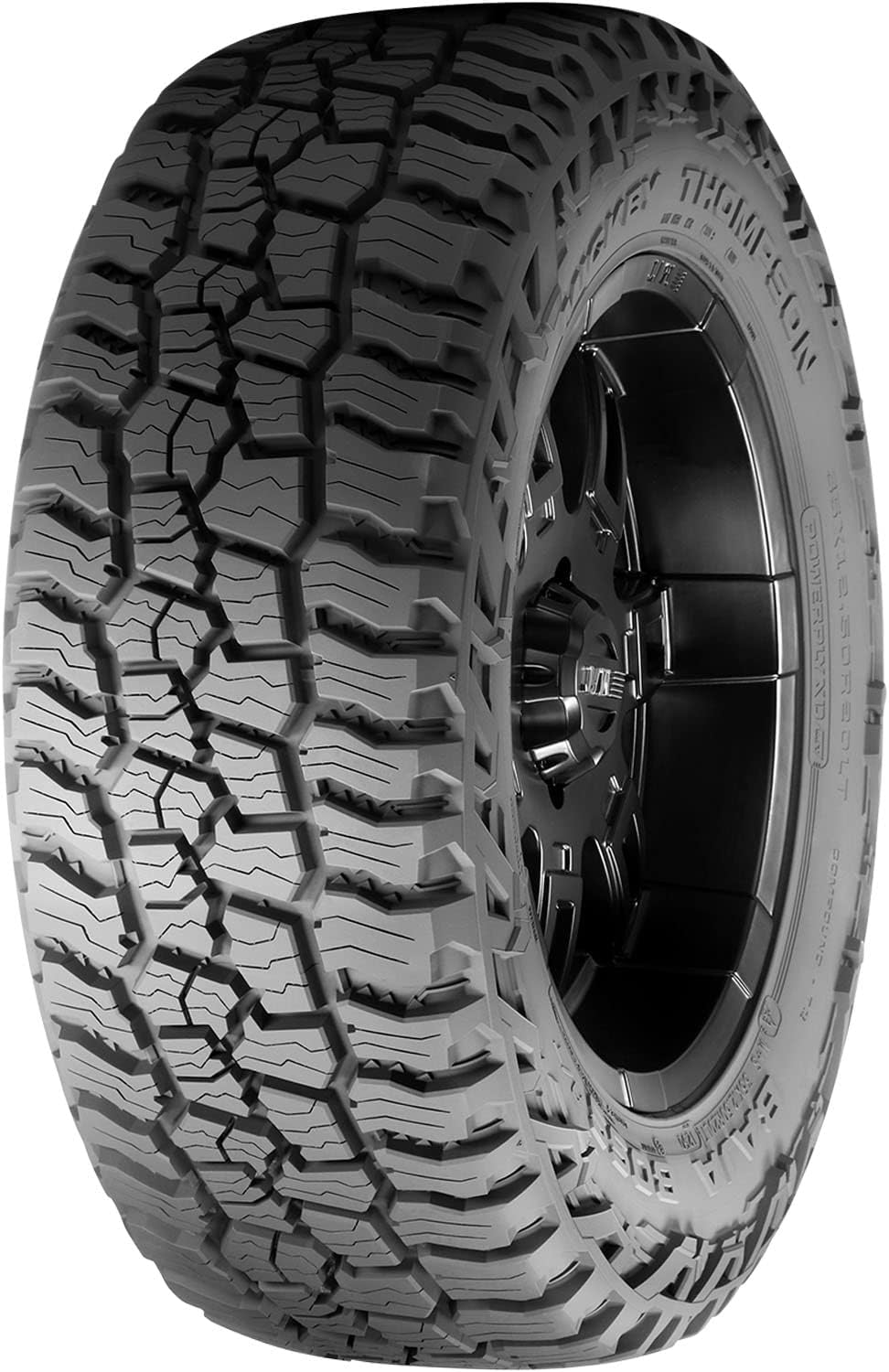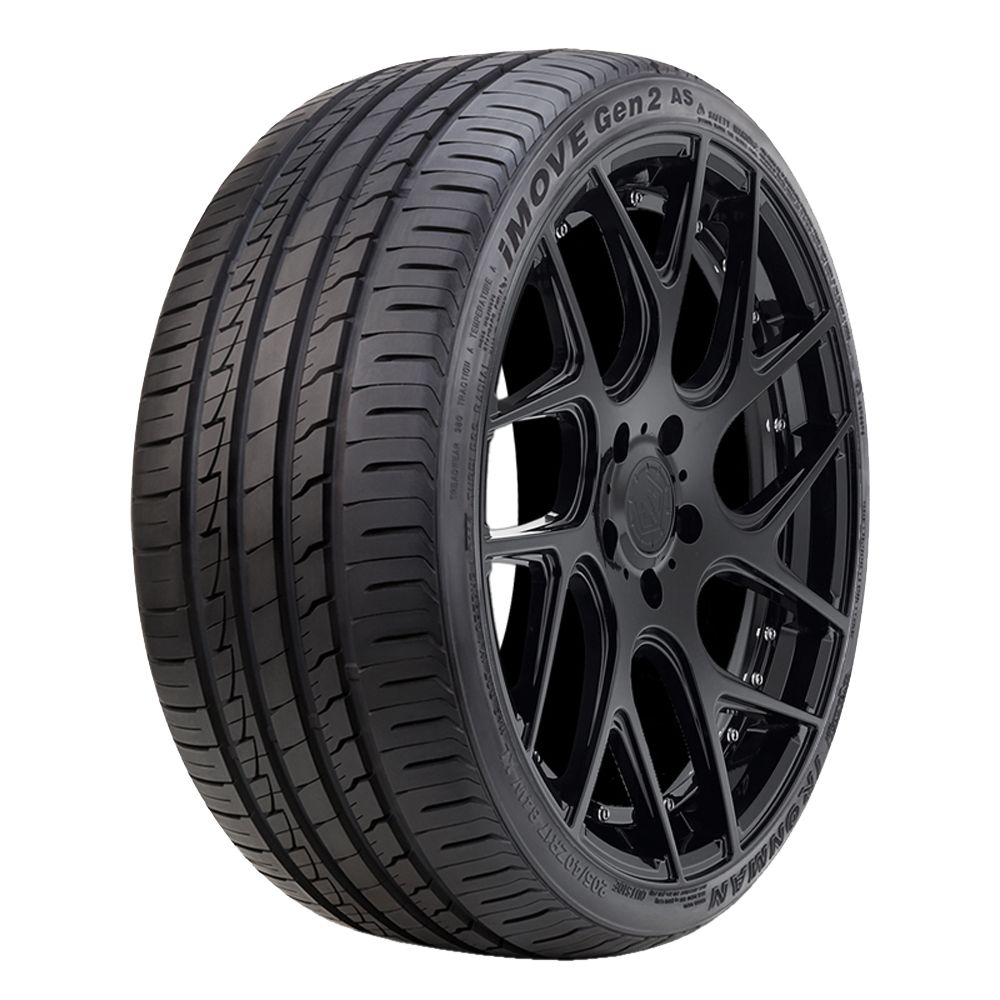When it comes to tires, the DOT (Department of Transportation) manufacturing date code often raises questions among consumers. Is it a critical factor, or is it merely a marketing gimmick? Let’s delve into the significance of the DOT date code and its impact on tire safety and performance.
Understanding the DOT Date Code
The DOT date code is a four-digit alphanumeric sequence found on the sidewall of every tire. It reveals the week and year of the tire’s production. For example, if the code reads “2319,” it means the tire was manufactured in the 23rd week of 2019.
Why Does It Matter?
Tires have a finite lifespan due to factors like rubber degradation, heat, and wear.
Older tires may suffer from dry rot, reduced traction, and compromised structural integrity.
Knowing the manufacturing date helps you assess the tire’s age and make informed decisions.
Tires can spend months in warehouses or on store shelves before reaching consumers.
The DOT date code allows you to gauge how long the tire has been stored.
Proper storage conditions (cool, dry, and away from sunlight) are crucial to maintaining tire quality.
Tire warranties often begin from the date of purchase, not the manufacturing date.
If you buy “new” tires with an older DOT code, your warranty still starts from the purchase date.
However, performance may be affected if the tire has been stored for an extended period.
Marketing Considerations
Tire manufacturers and retailers emphasize recent manufacturing dates to appeal to consumers.
“New” tires are perceived as better, even though older tires can still perform well if stored properly.
Educated consumers recognize the importance of the DOT date code.
Marketing campaigns often highlight recent manufacturing dates to attract safety-conscious buyers.
Balancing Factors
Prioritize safety over marketing claims.
Regularly check your tires’ age and replace them when necessary.
Store tires away from direct sunlight and extreme temperatures.
Rotate and inspect tires regularly to ensure even wear.
Seek advice from tire experts.
Consider local climate, driving habits, and storage conditions.
Conclusion
The DOT manufacturing date matters—it’s not just marketing. While fresh tires are desirable, proper storage and regular inspections are equally crucial. Remember, your tires are the only contact point between your vehicle and the road. Make informed choices for safety and peace of mind. 🚗🔧












